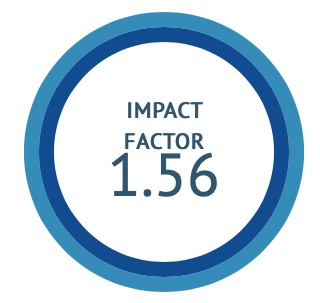Evidence based clinical practices in Vicharchika (Eczema) and Ayurvedic treatment modalities – Review
Keywords:
Eczema, Evidence based clinical practices, Research trends, VicharchikaAbstract
Vicharchika in Ayurveda can be compared to Eczema. Prevalence of eczema has increased three-fold since 1960s, 10-20% of children in industrialized countries and 1-3% of adults, lower prevalence observed in agricultural economies. The main symptom of this disease is pruritus, which impacts health-related quality of life (HRQOL). The evidence based clinical practices and Research trends in Vicharchika have been studied elaborately through evidence based published articles. Clinical and drug research carried out in the field of Ayurveda showed encouraging results and safe and effective eczematous therapy. The etiopathological study of eczema reveals the factors of psychosomatic nature of the disease with associated epidermal barrier dysfunction; genetic determination, allergy, and impaired innate immunity play an important role in pathogenesis of eczema. Various classes of agents for additional treatment are being investigated for atopic dermatitis (AD) of eczema. The therapies include targeted topical, oral, systemic, and biologic agents. Symptomatic treatment with steroids produces serious side effects like osteoporosis, nephropathy, hyperlipidemia and fluid retention, acne, skin lesions etc. Vicharchika treatment in Ayurveda provides better management of eczematous with least side effects. Study of evidence based clinical practices of Vicharchika (eczema) will leads for better management and identification of newer strategies and line of treatment. Clinical and drug research on Vicharchika will provide the answer for the anti eczematous therapy.
Downloads
Published
How to Cite
Issue
Section
License
The author hereby transfers, assigns, or conveys all copyright ownership to the International Journal of Ayurvedic Medicine (IJAM). By this transfer, the article becomes the property of the IJAM and may not be published elsewhere without written permission from the IJAM.
This transfer of copyright also implies transfer of rights for printed, electronic, microfilm, and facsimile publication. No royalty or other monetary compensation will be received for transferring the copyright of the article to the IJAM.
The IJAM, in turn, grants each author the right to republish the article in any book for which he or she is the author or editor, without paying royalties to the IJAM, subject to the express conditions that (a) the author notify IJAM in advance in writing of this republication and (b) a credit line attributes the original publication to IJAM.




